Surely it is a sign of these hard cinematic times that an auteur-helmed remake of a midcentury international cinema classic is also the most exciting, engaging movie of the summer.
Before Apple Original Films removes it from theaters for its future life on streaming, Spike Lee’s Highest 2 Lowest appears in US cinemas amid the usual summer commotion: comic-book movies and assorted remakes or sequels. As noted, Highest 2 Lowest is a remake too, but a remake of a work so remote from the cultural consciousness of most 21st-century moviegoers (Akira Kurosawa’s 1963 masterpiece High and Low) that it feels fresh. More important, in Lee’s choice to draw out the inherently pulpy features of his source material, the movie is something of a revival: it feels like the first big-budget, big-star-starring, big-screen crime thriller to appear in a blue moon.
We are told all the time that certain genres, on certain scales, no longer fly with movie audiences. That’s all the more reason to applaud Lee for wresting as much entertainment value as possible from this project. While I was watching the film, I was not checking off the ways in which Lee honored or betrayed Kurosawa but asking myself, in earnest, “When was the last time I saw a kidnapping movie not called Taken in a movie theater?” Could it have been Ron Howard’s Ransom, starring Mel Gibson, Rene Russo and Nick Nolte’s kid, nearly 30 years ago? I think it could.
Relocated from Yokohama to New York, Highest 2 Lowest stars Denzel Washington as David King, a record-label renaissance man who, in Lee’s invigorating opening scene, is presented at the summit of life: After Rodgers and Hammerstein’s “Oh, What a Beautiful Mornin’” has played over the credits, Lee’s soaring camera picks out David soaking in that mornin’ on the terrace of his Architectural Digest-worthy penthouse. He is in the midst of a business call concerning the fate of his label, Stackin’ Hits Records. He then saunters inside to greet his lovely, philanthropic-minded bride, Pam (Ilfenesh Hadera) and to deliver his talented, respectful son, Trey (Aubrey Joseph), to basketball practice at his high school. Lee signals that David is a good man: his commitment to his company dampens his enthusiasm for selling it to a conglomerate, and his confidence in his fatherly vocation enables him to scold his son for using his phone for five hours a day.
Alan Fox’s artful screenplay then proceeds to issue a series of stress tests that will either confirm or refute our assumptions about David’s decency. The film has barely begun when word reaches David that his son has seemingly been kidnapped and will only be returned with the satisfaction of a ransom demand for $17.5 million – a moment filmed with admirable discretion by Lee: we see David taking the call on his terrace, but Lee shifts the camera to inside his penthouse so that the character can absorb the shock with a modicum of privacy. It is a rare moment of silence in a film that is otherwise crammed with wall-to-wall music.
For a spell, the film becomes a muscular kidnapping drama in which a squad of detectives descend upon the Kings’ apartment. Refreshingly, Highest 2 Lowest is very much a picture made after the discrediting of the “defund the police” movement: There is not a moment in which we doubt that these members of New York’s finest seek anything but the return of Trey to his family. We thrill to the sight of the speeding police cars and the sound of their sirens. Yet their efforts turn out to be misdirected when, the same day as the ransom demand is made, Trey turns up without a dollar being paid: In fact, the flailing kidnapper confused Trey with his pal Kyle (Elijah Wright), the son of David’s confidante and driver, Paul (Jeffrey Wright). That Trey returns to his life of comfort while Kyle remains missing sets up the central drama of the film: Can David, who was prepared to sacrifice much of his net worth for the return of his son, be persuaded – or persuade himself – to put the same amount of money on the line for Kyle?
Washington persuasively depicts a man torn asunder by competing obligations and warring instincts. Initially loath to produce the funds, he tries to justify his reluctance in terms of his commitment to his family, whose well-being comes before that of Kyle. Yet, in one of the script’s most persuasive and ingenious updates, Trey argues that the bad publicity of David not paying will sink father and son alike on social media. Trey will fail to get a basketball scholarship, and David will be canceled. With such practical concerns in mind, David consents to paying the ransom but with a sense of disgust that his heretofore honorable and orderly life is being jeopardized by a criminal – an impression that is confirmed when David finally identifies the kidnapper as a profane wannabe rapper who has adopted the moniker Yung Felon (Rakim Mayers, better known as A$AP Rocky). The final act of the film is almost a duologue between worldviews: David’s adherence to traditional values, Yung Felon’s exploitation of our present era’s greed, expediency, and immorality – exemplified by crowds that cheer Yung Felon at his kidnapping trial in a manner reminiscent of the enthusiasm, in some quarters, for Luigi Mangione.
Highest 2 Lowest reflects its maker’s own increasingly old-fashioned virtues. Let us not forget that Spike Lee turned 68 this year. It is not just the full-throated score that marks this movie as a throwback but the sinuous tracking shots, luxe set design, and carefully calibrated plot turns. In a decadent era, Lee is a pillar for making movies the right way – for, in a manner of speaking, doing the right cinematic thing.













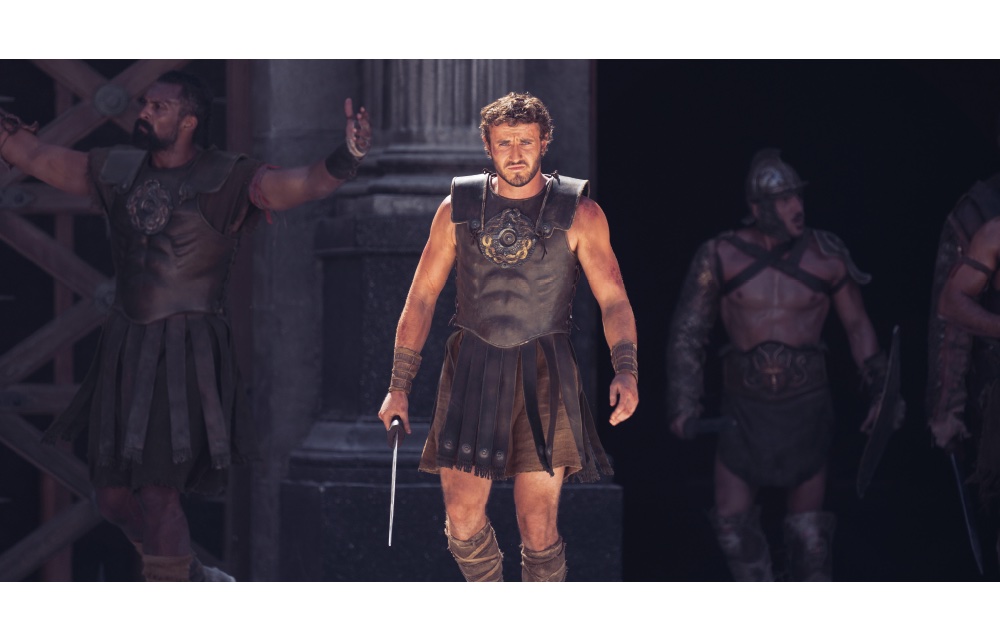
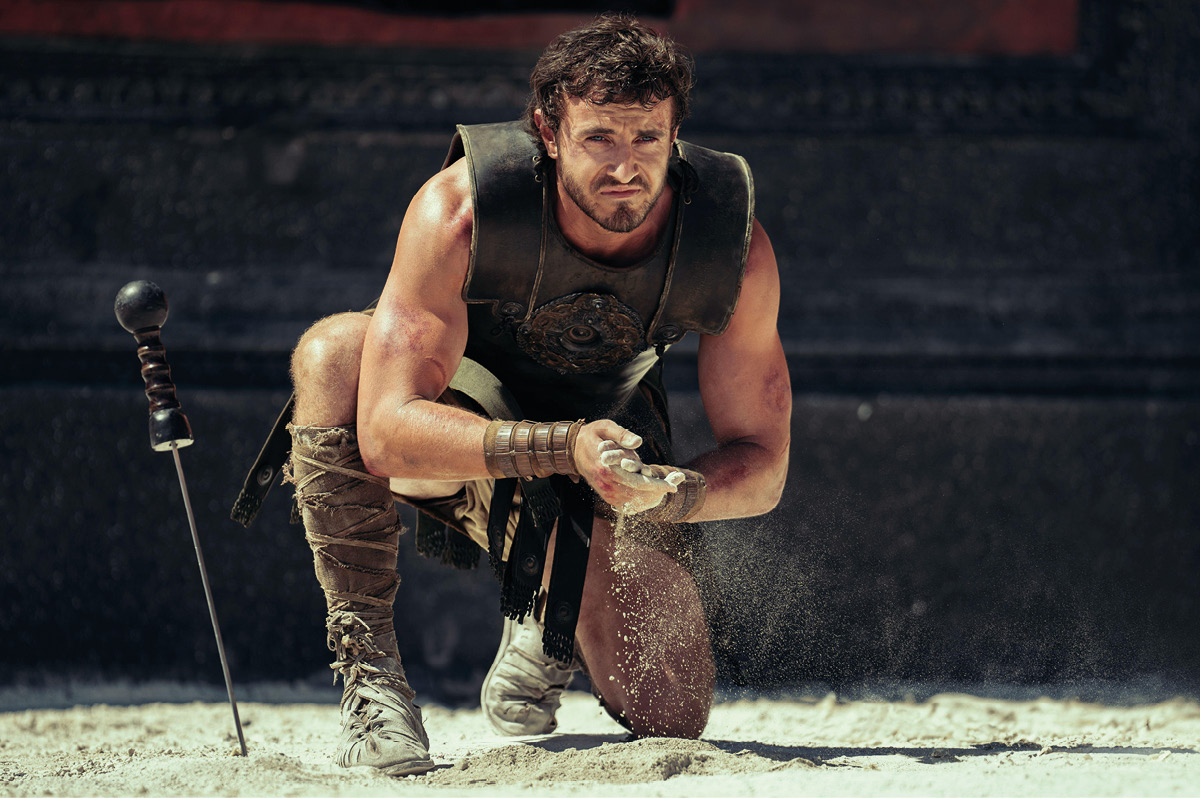
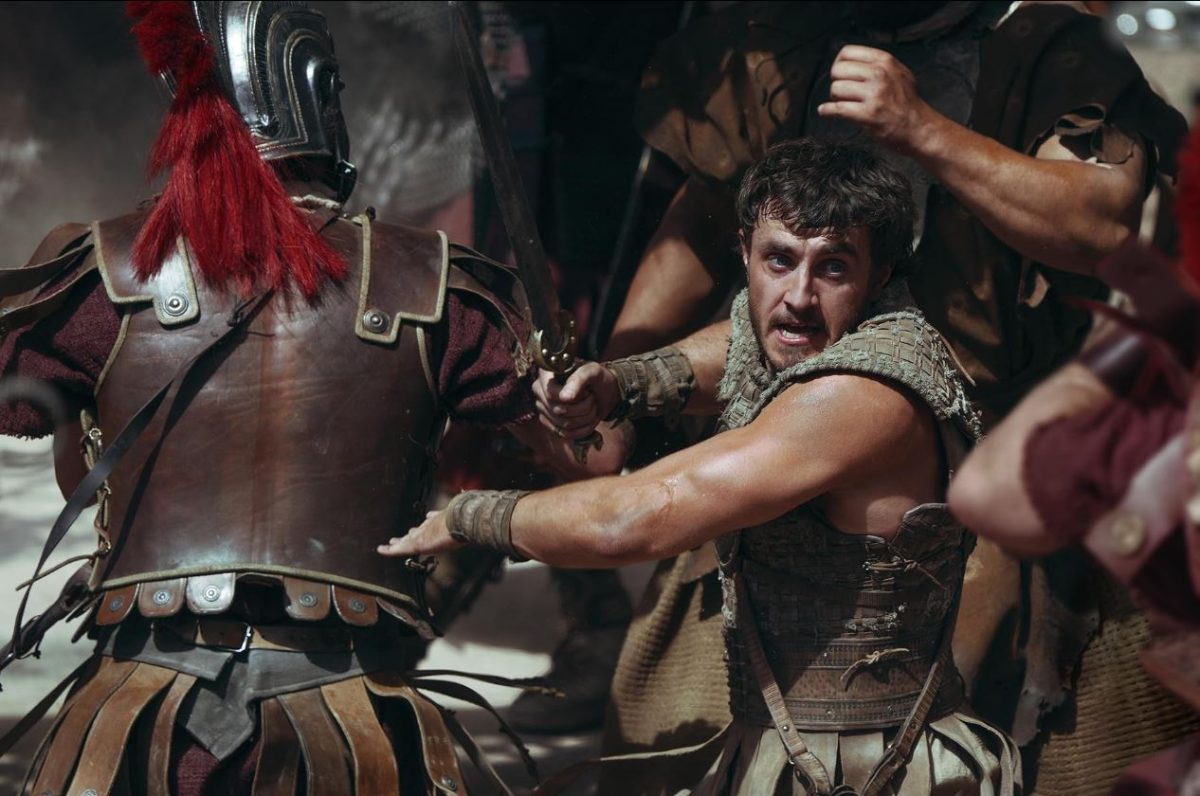
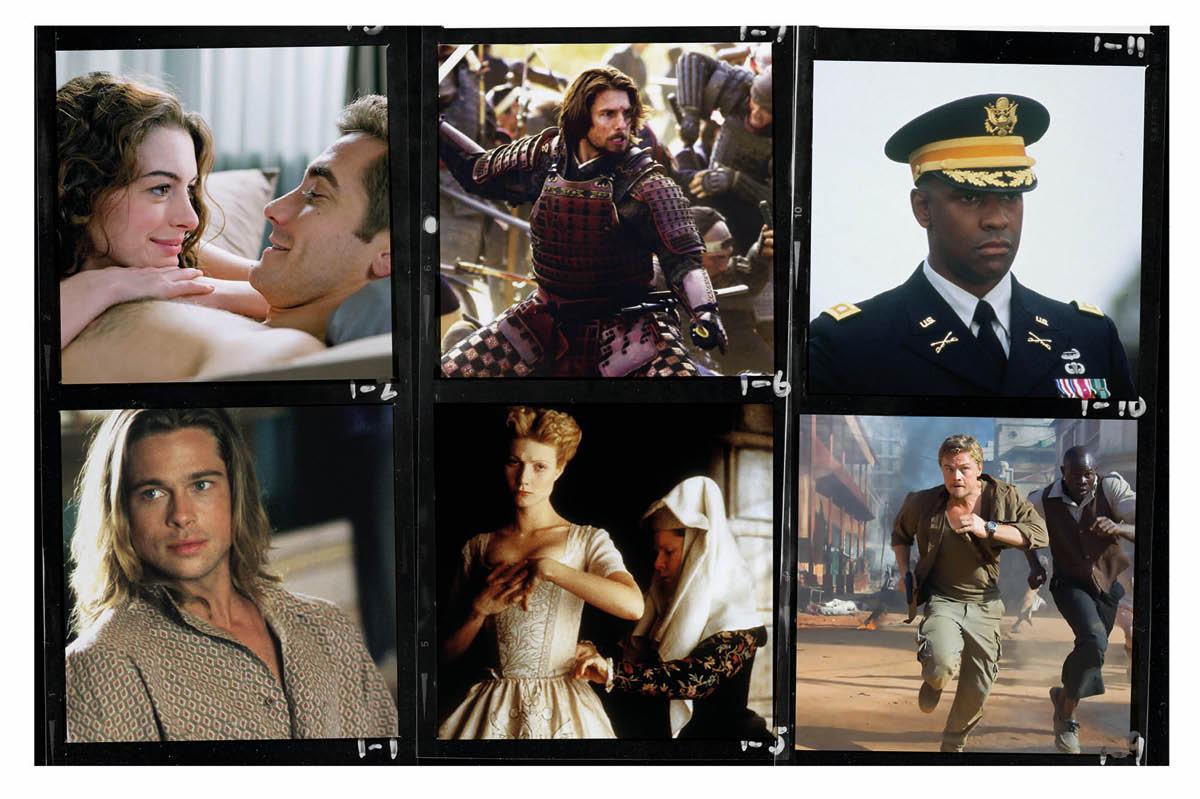
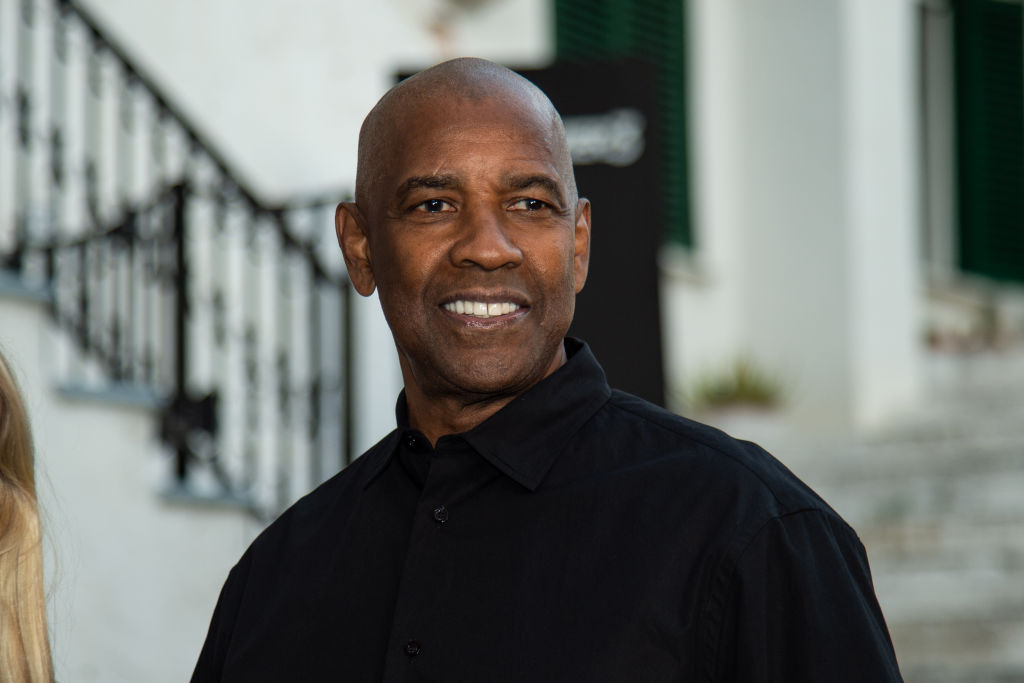
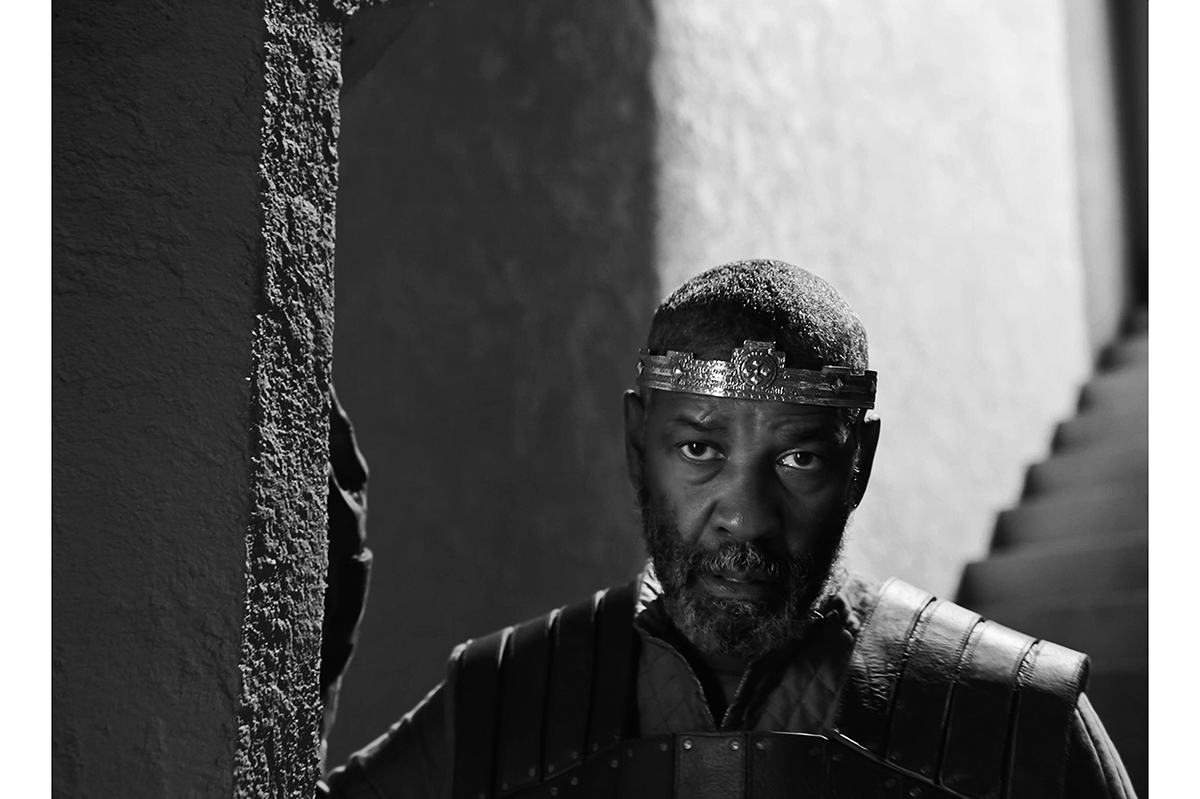

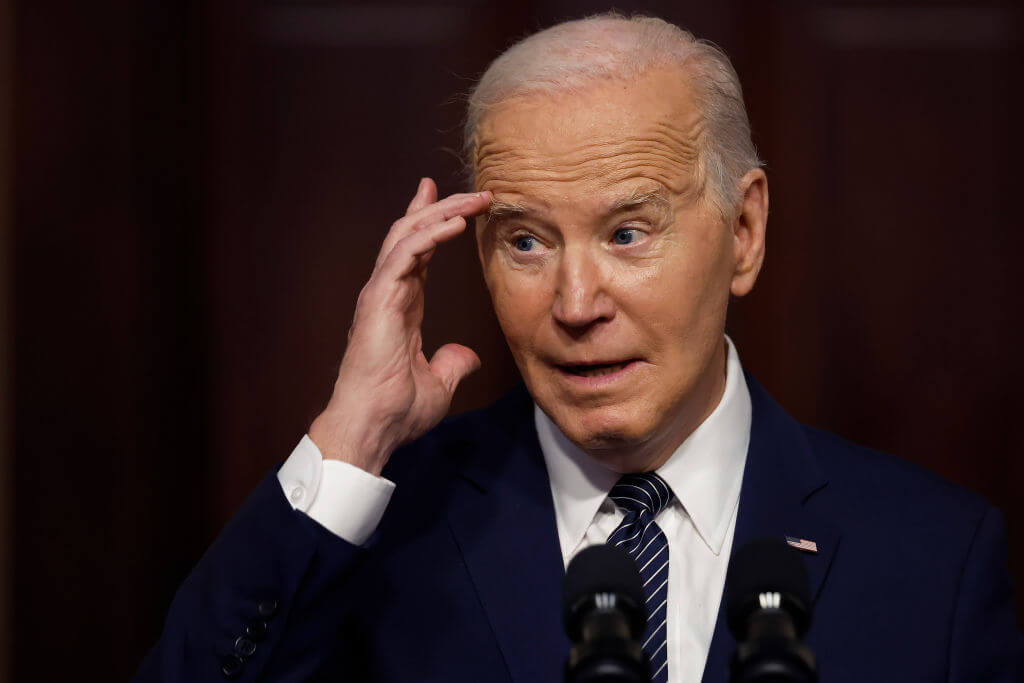


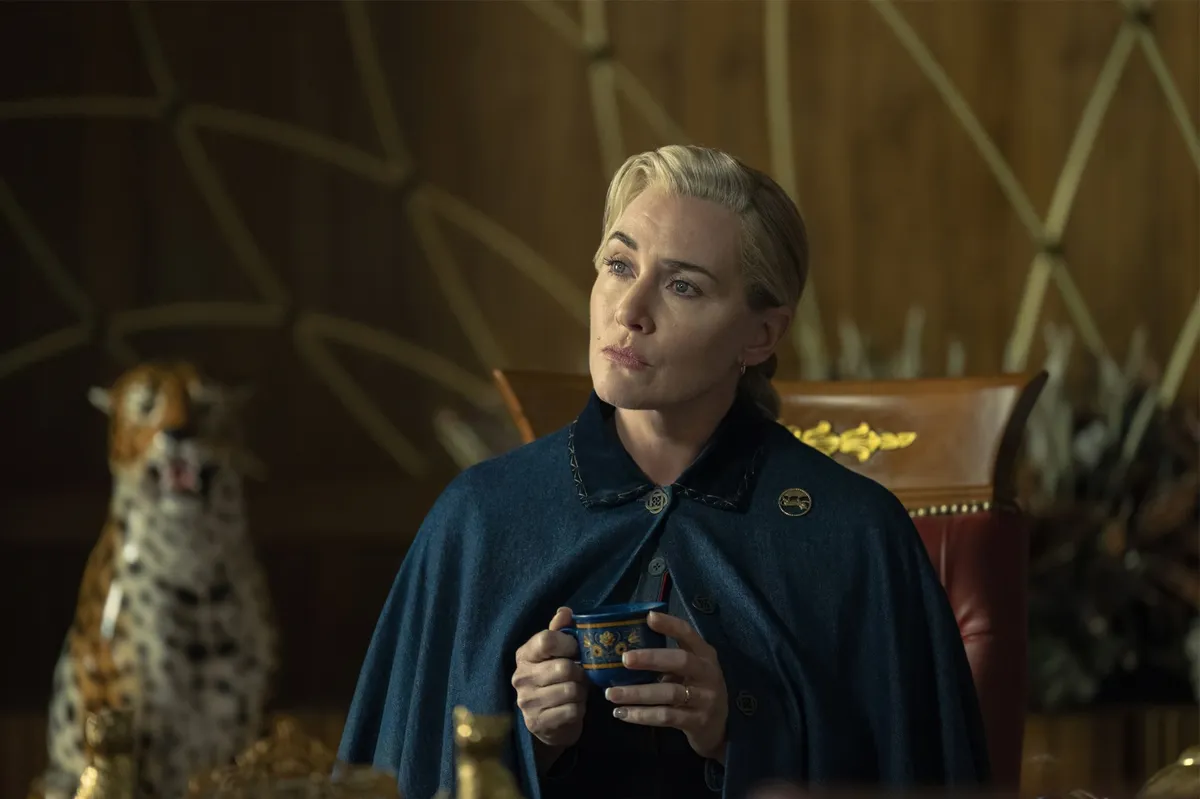
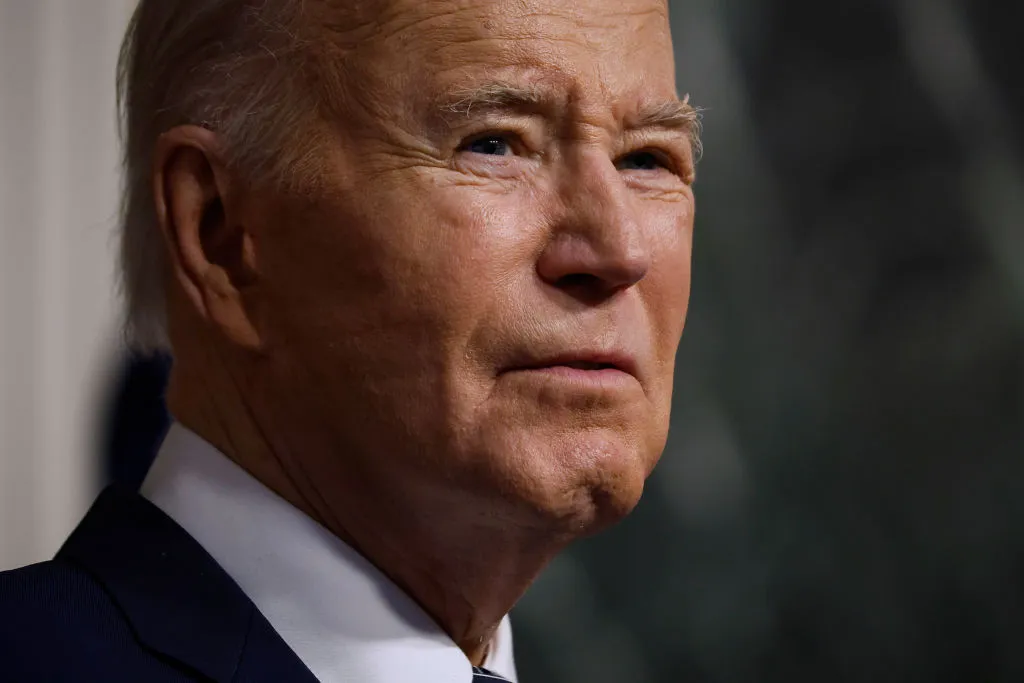

Leave a Reply